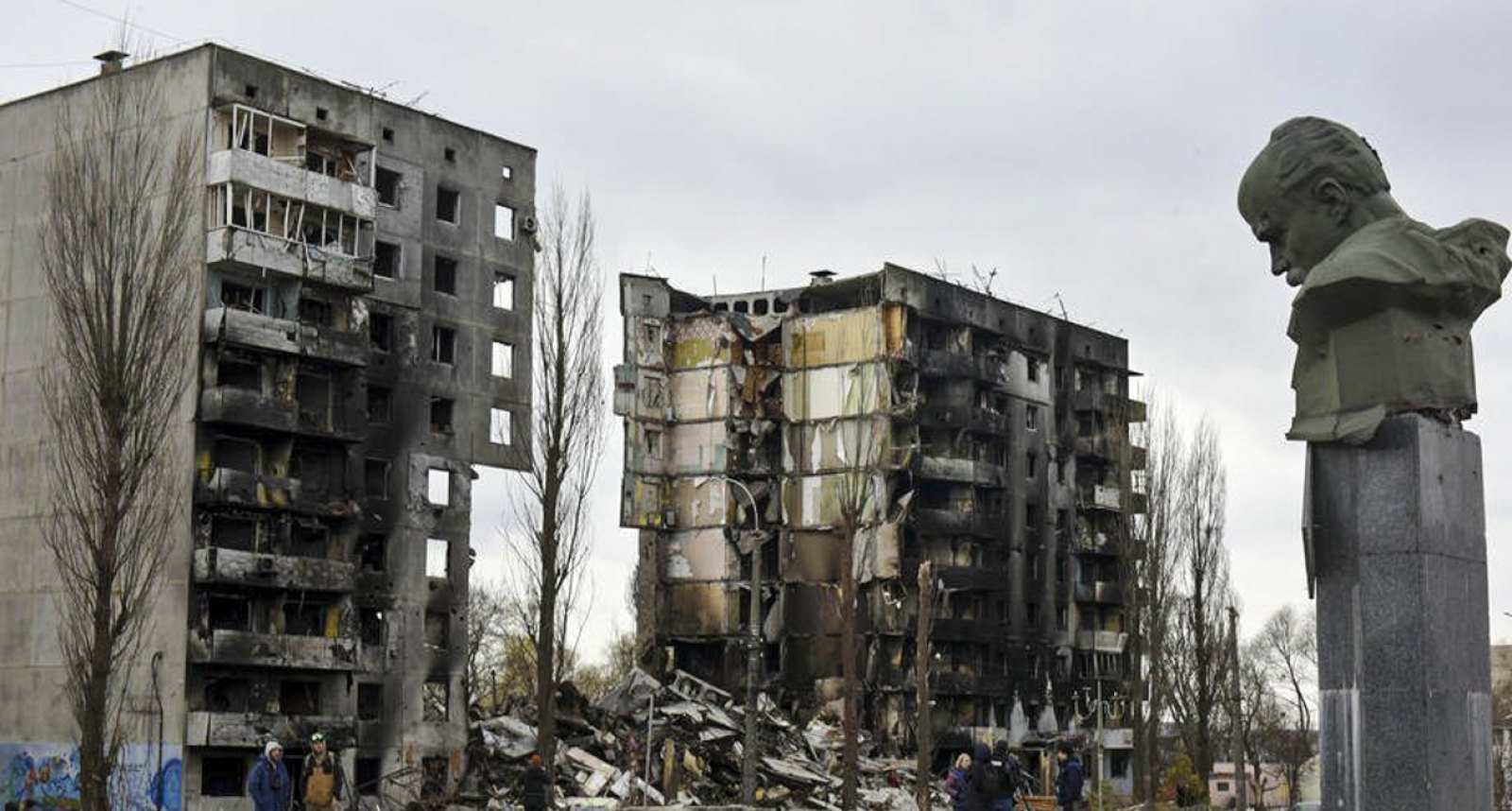The defining moment for Germany happened at midnight on 8 May 1945. The year 1945 became known as Year Zero in Western Europe because, during those months, governments in countries devastated by World War Two grappled with crucial strategic decisions. Should they rebuild the cities as they were before the war? Should only a few of the most valuable buildings be given a chance? Forget about the heritage and start from scratch - so that citizens can get housing as quickly and cheaply as possible, even if it is the simplest houses? At times, individuals chose among these three paths while standing amidst the ashes.
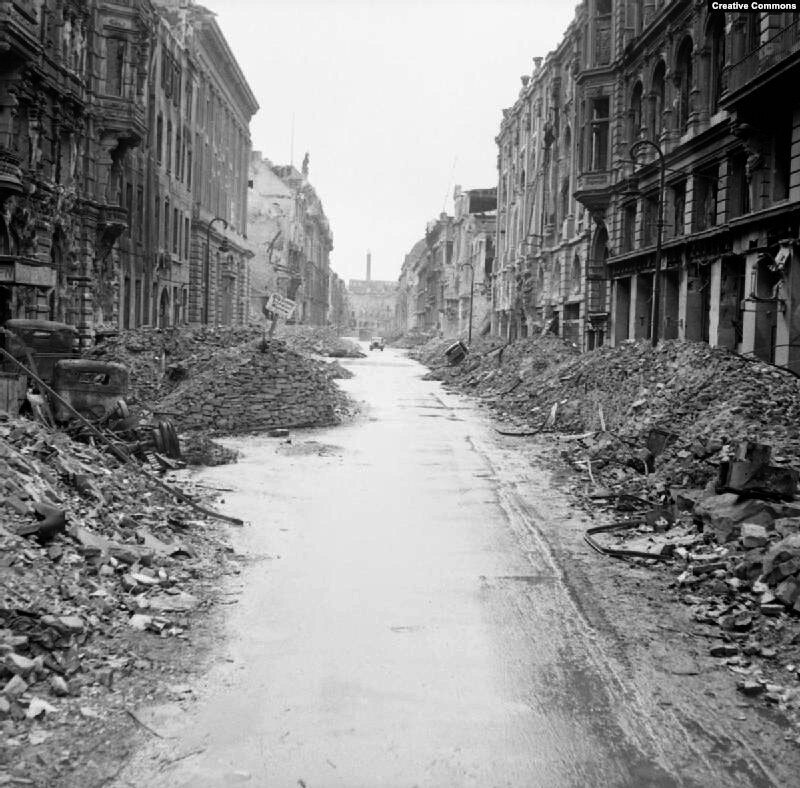
In addition to financial and technical assistance, the Marshall Plan offered advice from the Allies. This advice was grounded in reality, and in certain regions, urban buildings had suffered up to 70 percent destruction, millions of people ended up in temporary camps, and more than half of production capacity was lost. American architects and urban planners advised focusing on low-cost standardised construction to provide people with housing and stability as quickly as possible. Still, the timeline for urban revitalization was estimated at 25 to 35 years.
Among government officials, American economist Leo Grebler assessed projects in Western Europe. A first-generation German immigrant, he was an expert on the US President's Council of Economic Advisers. In 1956, in his book Europe's Reborn Cities, he stated two facts. First, European cities were recovering at a pace much faster than anticipated. Second, the recommendations for rebuilding devastated cities went largely unheeded. Experts recommended redeveloping cities, adapting them to new conditions, and using massive residential projects. Instead, local governments and municipalities sought to restore at least the historical centres and architectural monuments of the cities, even those that were badly damaged.
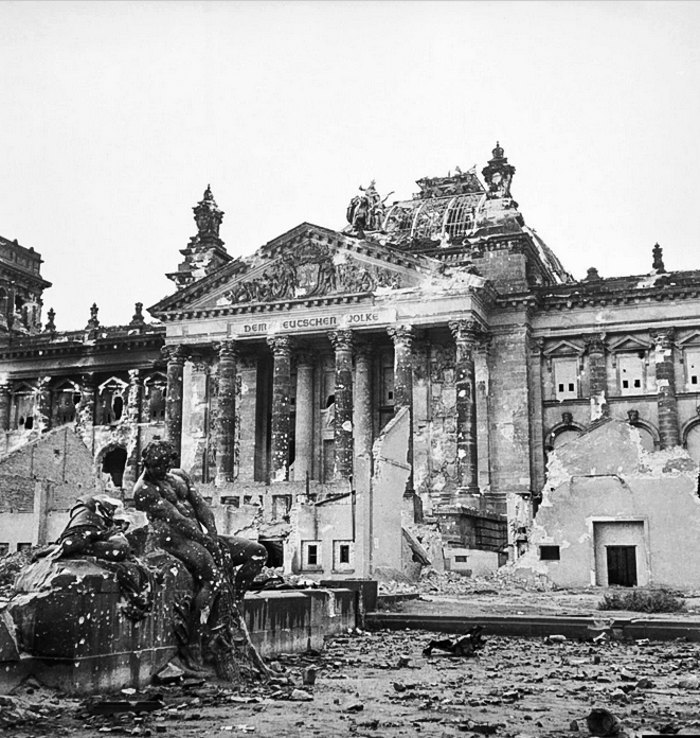
By the way, what are the Allies recommending now, and what importance do their experts place on Ukrainian architectural heritage in the restoration priorities? "They understand the importance of preserving and restoring our historical heritage," says Kateryna Romanenko, Director of the S. Babushkin Architectural Bureau, Chair of the Disciplinary Commission of the Architectural Chamber of the National Union of Architects of Ukraine, and a lecturer at the Minor Academy of Sciences of Ukraine. "While there are numerous proposals for rapidly restoring mass housing, I firmly believe that modern architectural solutions of high quality are essential. We've been living in prefab houses for 70 years, and we aspire to something better."
But can Ukrainian cities be categorized into these three primary approaches to recovery—rebuilding from scratch, reconstruction, or leaving behind?
"This categorization is not so much about cities as it is about society; it's not the cities that need classification, but the people," says Semen Shyrochyn, an architectural history researcher. "People do not care about heritage. I would opt for the complete reconstruction of the entire city or at least its historic centre everywhere. However, while in the past, I might have argued that activists would need to oppose the 'demolish everything and rebuild on the same ground' approach, now I think that some cities may not be restored at all due to a lack of inhabitants and opportunities for work."
But it is worth noting: Warsaw was rebuilt when less than a percentage of its pre-war population remained; and the Coventry Reconstruction Commission met for the first time 16 hours after the barbaric 9-hour bombing - and that's typical of the British.
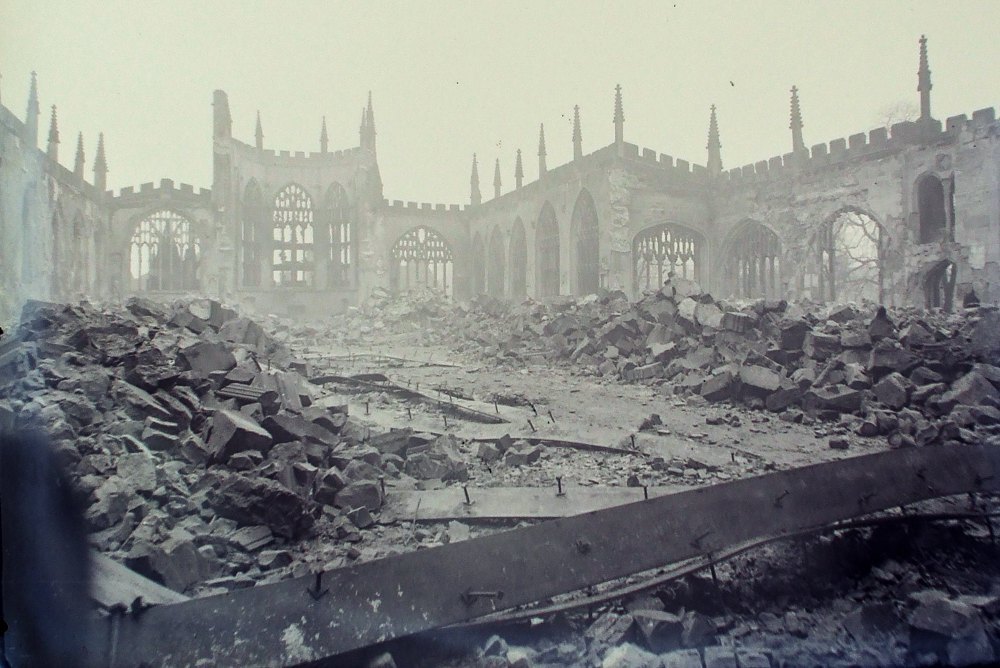

Kateryna Romanenko adds: "Nearly all cities possess a percentage of architectural monuments that should be restored in compliance with established restoration standards. However, the impetus for this should originate from the citizens themselves. It is necessary to collect opinions, formulate a restoration plan, secure approvals, and subsequently put it into action."
The most telling example of the sentiment "we want everything to return to its former state, even if it brings back the problems related to building density, number of cars, and utilities" is Warsaw. The city endured not only bombing, artillery attacks, and small arms combat but also deliberate destruction of its city centre by bomb experts and flamethrower units employed by the German occupying authorities when they quelled the Warsaw Uprising of 1944. They systematically razed about one-third of the city, leaving 85% of its historic centre in ruins beyond reconstruction. Prior to the war, Warsaw was home to over a million residents. By the time of liberation in January 1945, only a few thousand remained.
Reconstruction efforts commenced even before the conclusion of World War II and prior to Warsaw's liberation. Architects and activist groups collected plans, urban planning records, and even photographs. The comprehensive plan drew inspiration from depictions of 18th-century Warsaw by Bernardo Bellotto. The original programme aimed to restore at most around 20% of the city, an ambitious undertaking given the immense task of removing 16 million tonnes of construction debris. Consequently, the reconstruction teams ultimately settled on a project focused on recreating the historic centre, encompassing an area of approximately 25 hectares, to a striking, photographic accuracy.
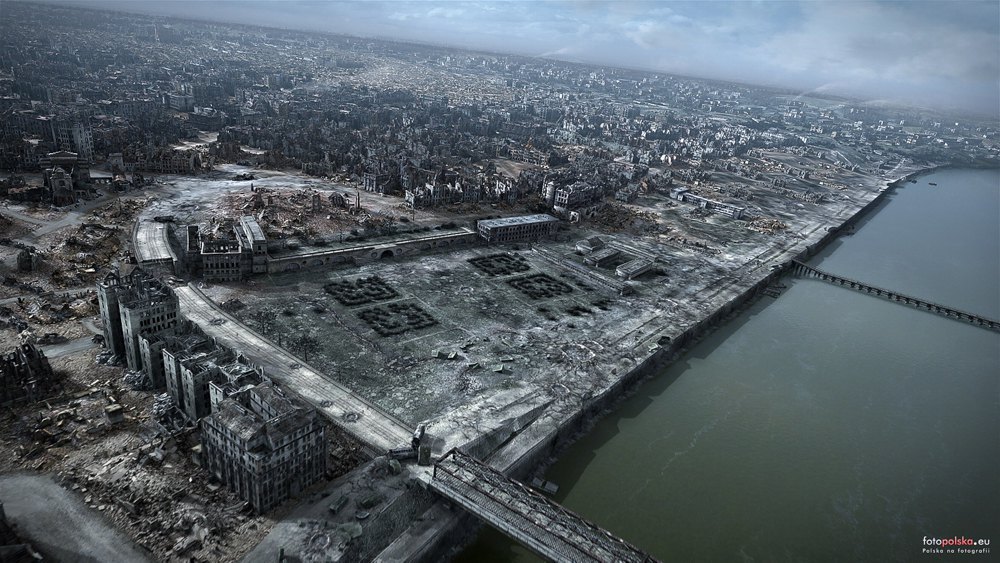
The Bureau of Reconstruction of the Polish capital, under the leadership of architect and restorer Jan Zachwatowicz, commenced its work shortly after the liberation of Warsaw. By the 1970s, they had completely rebuilt the Royal Castle, even though many structures were constructed using modern techniques and featured different interior layouts, with only the historical facades being faithfully recreated. While this approach may not align perfectly with the principles of architectural restoration, in 1980, Warsaw's Old Town earned a coveted spot on the UNESCO World Heritage List.
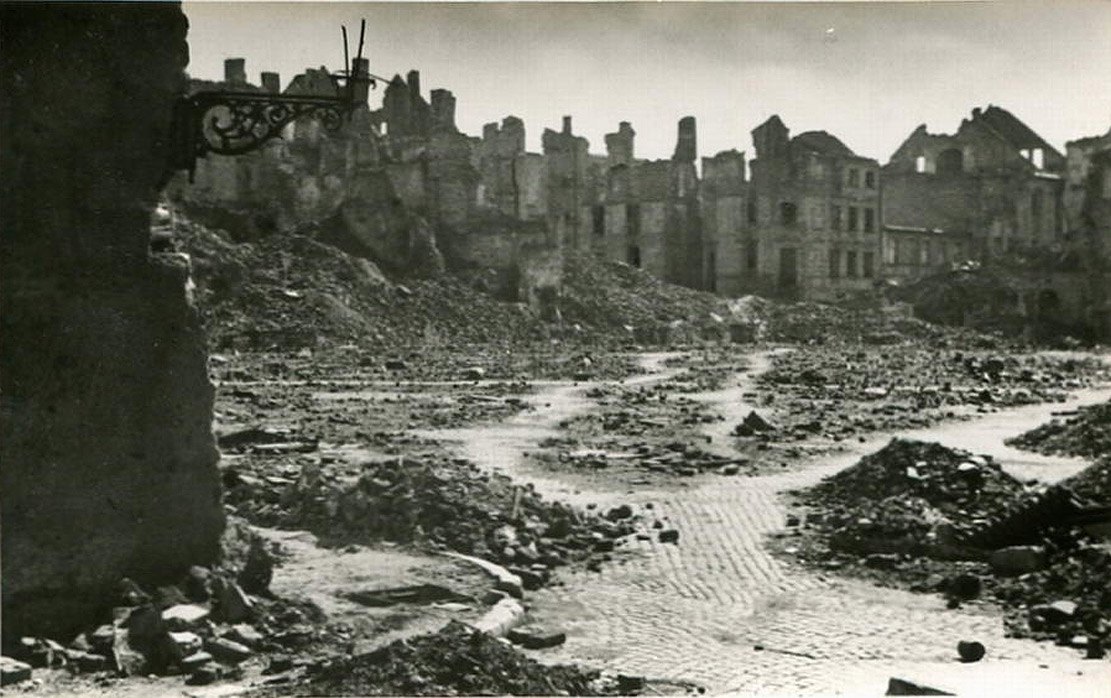
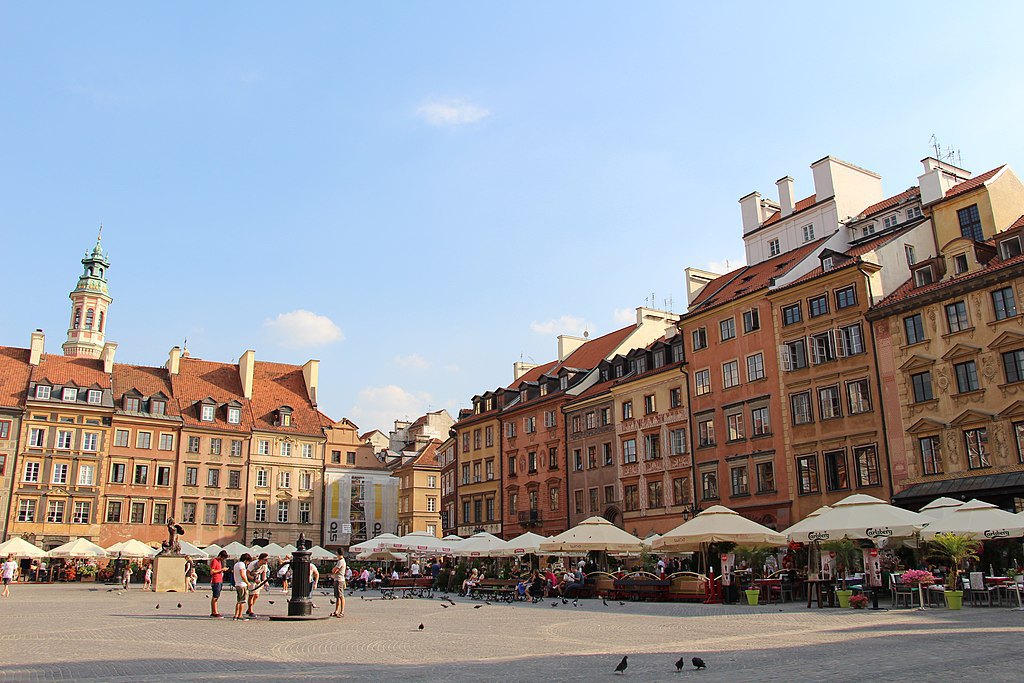
Those who aspired to restore cities like Warsaw, and many others that had suffered wartime destruction, faced not only engineering challenges but also the fundamental concept of restoration itself. Dutch architect Jaap Bakema, a key figure in the reconstruction of Rotterdam, which was heavily bombed in 1940, encapsulated this perspective as "focusing on the future, not the past, when revitalizing cities". This idea also found voice in various forms among many architects, politicians, and officials.
Their perspective recognised the long-standing issue that many European cities had been in a sort of stasis for decades. Their historical layouts hindered modernization. These cities' buildings were ill-suited for contemporary population density and essential amenities such as electricity, central heating, and often even water and sewage systems. Streets were not designed for automobile traffic. Commercial areas were haphazard, factories and workshops encroached upon residential zones, and utility infrastructure was either nonexistent or outdated.
This wasn't merely the perfectionism of architects. The problem had been discussed long before the war. When your city is already devastated by an enemy, it makes sense to consider rebuilding it for the better, doesn't it? Sometimes, as seen in the case of industrial towns in Northern France or Germany, this approach was even articulated cynically: "We lack our own historical monuments to restore, and people are living in temporary camps or as refugees. Let's construct anew, accounting for the contemporary needs." And yet, this perspective was applied even to relatively affluent and architecturally valuable cities like Rotterdam and Coventry.

Rotterdam was an early victim of World War Two - it was bombed in the spring of 1940. It was done on purpose as a lesson to the Dutch authorities. To suppress resistance and bring the surrender closer. The air raid targeted the centre, with its dense historical buildings. As a result, more than 25,000 buildings were destroyed or damaged. Only about a fifth of them was beyond restoration. Rotterdam stood destroyed throughout the war, and afterwards the authorities decided to demolish buildings with even relatively minor damage to leave behind the old street grid and to avoid bringing old problems into the future. The historic centre was completely redeveloped: streets were widened, blocks were enlarged, and some districts changed their functions; only the tower and facade of St Lawrence Church (its construction began in the mid-15th century) were rebuilt as significant architectural monuments.

Guided by the economic approach, the city authorities chose to restore the huge and popular commercial port first. The centre of Rotterdam remained deserted in the early 1950s, but when it was developed, it turned into a showcase of modern architecture and urban planning. This was a result of the city's policy of deliberate modernisation, the idea of reviving the city as a function rather than an image, and, of course, the financial resources that had grown significantly. Moreover, Rotterdam was redesigned in the 1970s to make it more comfortable, greener and human-centred.
The third approach is "we have a historical core and, despite the recommendations, we want to spend extra money to reconstruct at least a few neighbourhoods, although we could build several apartment blocks there". First, this method is interesting because it was often put forward only at the level of public opinion in cities, not by government committees. It is much easier to organise a multi-year reconstruction of, for example, a capital city, as in the case of Warsaw. Lobbying and finding money for such a programme for a provincial town that is not a source of national pride is something else.
Second, the method has shown its viability in hopeless situations where both damage and historical value are high, as in old Italian or German cities. Milan suffered the greatest destruction among Italian cities, with both medieval and ancient monuments in ruins, and it was simply impossible to restore them all. The city did not adopt a general recovery plan, but it was not redeveloped either. Restoration efforts were concentrated on the most prominent buildings - for example, the La Scala theatre was restored and reopened only a year after the end of the war.
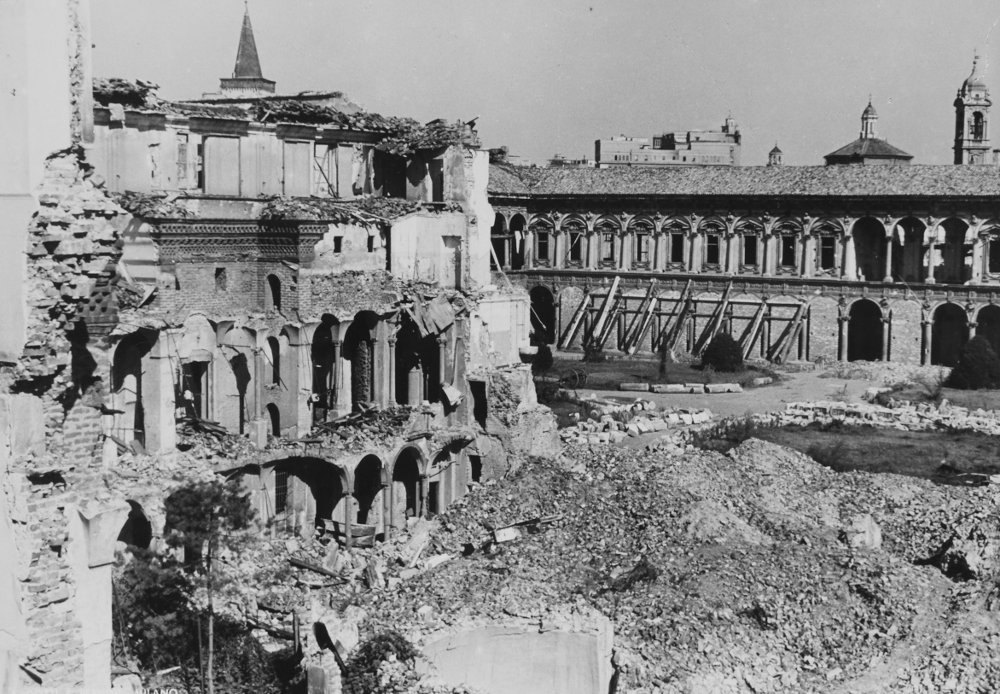
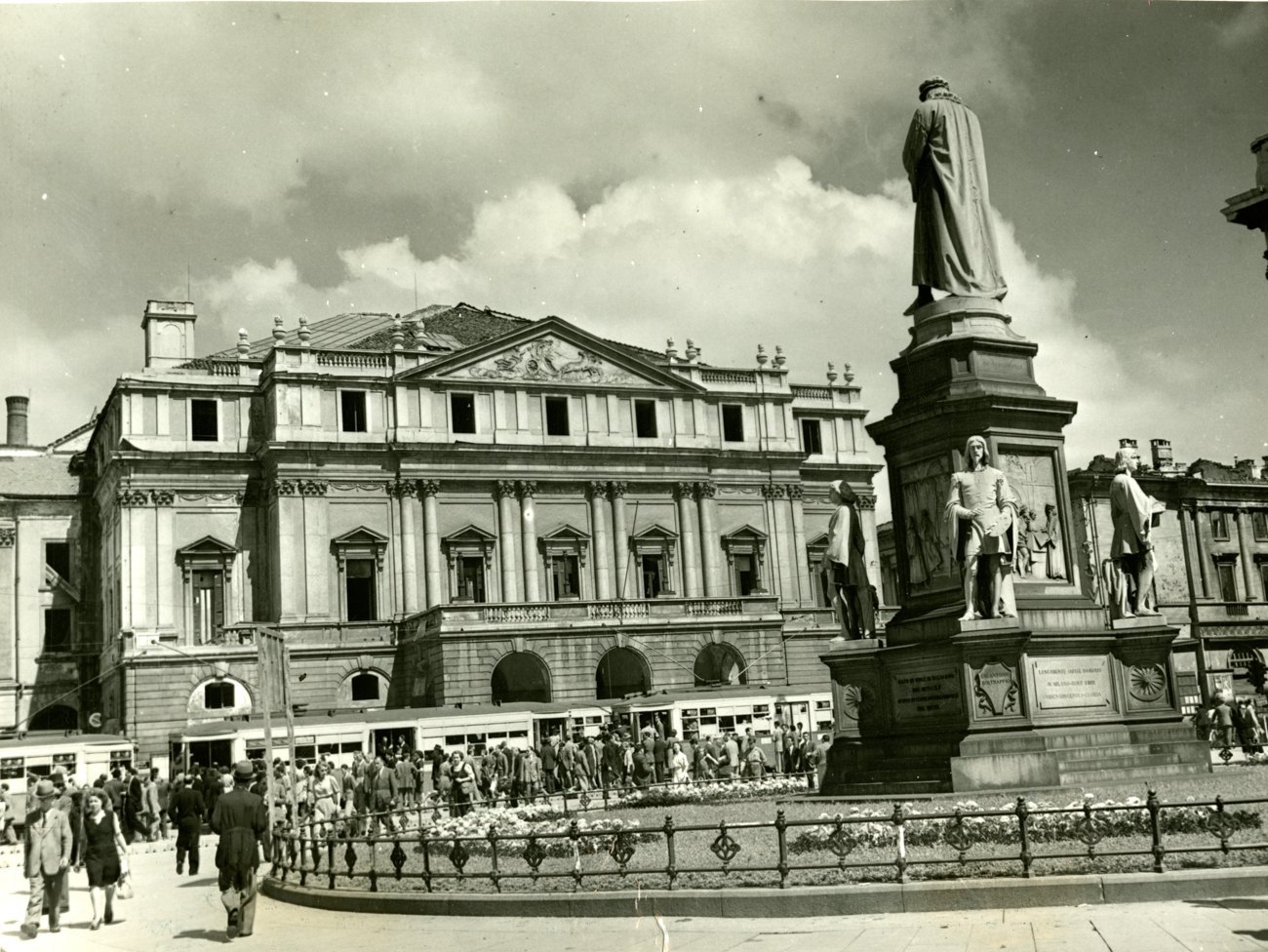
The modern appearance of Milan is more a product of a conscientious approach to contemporary architecture that harmonizes with the historical context of the city centre. Even when a building, such as the Torre Velasca skyscraper, diverges from the traditional aesthetic, it manages to complement the local architectural style
***
Are we prepared to face such challenges and responsibilities in Ukraine? Is it feasible to resurrect and renew our cities, even when there's a lack of the right number of specialists? Will our heritage be disregarded when its restoration adds complexity and expense to the endeavor? "To those who find it too daunting, I would suggest refraining from architectural pursuits altogether," asserts Kateryna Romanenko. "This is our nation and our duty. If there's a shortage of experts, we should take steps to train new ones, collaborate with international professionals, gather knowledge, and apply it within our local context."
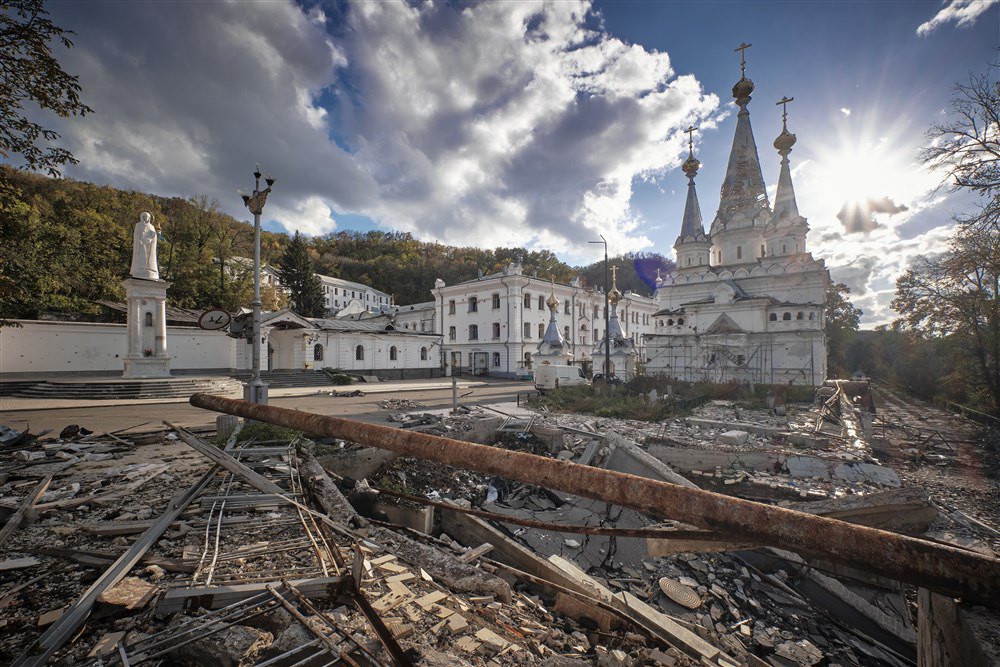
The accountability of authorities and developers, the initiative of citizens, and a collective determination to plan for the future—these are all topics we've been hearing about in urban renewal discussions for the past two years. But are they genuinely being considered? Keep this question in mind. As we delve further into this subject, we will address these critical aspects.
